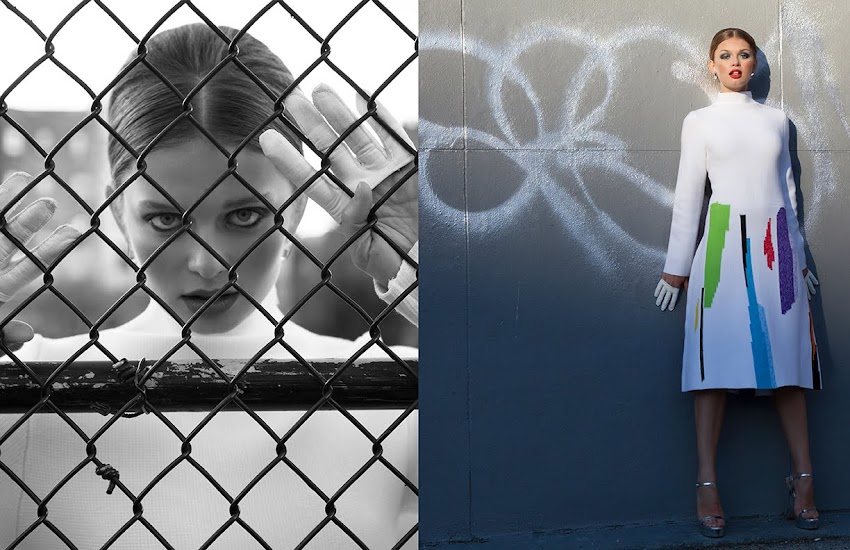How photography can influence other art forms or artists
I recently attended the Picasso and the Camera art show at the Gagosian Gallery in Chelsea (522 West 21st Street). The art show was curated by John Richardson, who was Pablo Picasso’s autobiographer, curator and close friend. The exhibition explores how Pablo Picasso used photography not only as a source of inspiration but a big part of his studio practice. The exhibit includes photographs taken by Picasso himself that have never been seen before or published. There is also a wonderful array of drawings, paintings, sculptures, prints and films that provide a unique perspective on his relationship to the camera. While Picasso was widely photographed and had many photographer friends, he used the camera to try out new ideas. Pablo Picasso has been quoted by photographer Brassai, “I want to leave as complete a record as possible for posterity.”
There are many areas to love about this art exhibit. How the curators put the various works of art together in the whole space, the groupings of different art forms, the energy of the show and personal photographs layout in photo album form, photo frames or enlarged single pieces. The viewer gets a unique taste of what Picasso was trying to work through or pin point with certain art pieces. His relationships with his children, lovers, friends and students are lovingly displayed to portray Picasso as more human than super artist. To me, what makes a artist create and produce is always a mystery. We, as artists, are influenced by so many different things. How does your family and friends fit into your creative life? Can I work in another art form to bring those aspects back into my photography? I was energized that Picasso had the same questions that I had. The exhibition is a celebration of the man, his love of creating and the pieces he created with his talent and love of art. I would see this show before it leaves the Gagosian Gallery on January 4th, 2015.
PABLO PICASSO © David Douglas Duncan, Harry Ransom Humanities Research Center, The University of Austin


No comments:
Post a Comment